calsfoundation@cals.org
Camden Expedition Sites National Historic Landmark
The Camden Expedition Sites National Historic Landmark (NHL) consists of nine battlefields, fortifications, and buildings that collectively embody a significant moment in American history. They were designated as NHLs on April 19, 1994—the first time an entire military campaign was so recognized.
Following an expensive purchase of property to forestall private development of a portion of the Second Manassas battlefield in Virginia, U.S. Senator Dale Bumpers led an effort through which Congress created the Civil War Sites Advisory Commission in 1990 with a goal of identifying and assessing the conditions of 384 battlefields around the country.
The Arkansas Historic Preservation Program (AHPP) conducted the fieldwork in Arkansas, examining a total of seventeen battlefields, including five that were associated with the Camden Expedition of 1864. (In that expedition, the Union army under Major General Frederick Steele made a disastrous foray into southwestern Arkansas in a failed bid to invade Texas.) The commission released its official report on the nationwide survey in 1993—a 2010 update on the report added the Bayou Meto battlefield in Jacksonville (Pulaski County)—but the AHPP decided to build on its work and pursue National Historic Landmark status for the Camden Expedition battlefields, along with several related properties, so that those sites could benefit from added federal protections available to NHLs.
Cooperating closely with Edwin C. Bearss, chief historian of the National Park Service, the agency worked with public and private property owners on the NHL designation. Bearss led public information sessions in late 1993 at the Ouachita County Courthouse in Camden (Ouachita County) and the Grant County Courthouse in Sheridan (Grant County) to explain the process and answer questions. At a press conference at the MacArthur Museum of Arkansas Military History in Little Rock (Pulaski County), he declared “for too long, what has happened in the trans-Mississippi and Plains areas has been forgotten.”
Secretary of the Interior Bruce Babbitt announced on April 19, 1994, that the Camden Expedition Sites National Historic Landmark was approved, with Bearss explaining that “it’s the first time we’ve tied a campaign all together….Individually, this is not Gettysburg. Collectively, this campaign is of national significance.”
The nine properties in the Camden Expedition National Historic Landmark are the following:
- Old U.S. Arsenal in Little Rock (now the MacArthur Museum of Arkansas Military History)
- Elkins’ Ferry Battlefield in Nevada and Clark counties
- Prairie D’Ane Battlefield near Prescott (Nevada County)
- Confederate State Capitol Building at Historic Washington State Park in Washington (Hempstead County)
- Forts Lookout and Southerland at Camden
- Poison Spring Battlefield near Chidester (Ouachita County)
- Marks’ Mills Battlefield near New Edinburg (Cleveland County)
- Jenkins’ Ferry Battlefield near Leola (Grant County).
The NHL designation led to efforts by the Nevada County Depot and Museum, economic development leaders, and local citizens to acquire significant sections of both the Elkins’ Ferry and Prairie D’Ane battlefields decades later. The NHL properties also provided the base for the Camden Expedition route in the Arkansas Heritage Trails System in the mid-2010s and the Camden Expedition Scenic Byway, which was designated on September 15, 2021.
Other National Historic Landmarks in Arkansas include Arkansas Post National Memorial near Gillett (Arkansas County); Bathhouse Row in Hot Springs (Garland County); Centennial Baptist Church in Helena-West Helena (Phillips County); Central High School, Joseph Taylor Robinson House, Old State House, and Daisy Bates House in Little Rock; Eaker Site and Nodena Site in Mississippi County; Toltec Mounds in Plum Bayou Mounds Archeological State Park in Lonoke County; Rohwer Relocation Center Cemetery in Desha County; USS Hoga at the Arkansas Inland Maritime Museum in North Little Rock (Pulaski County); Fort Smith National Historic Site at Fort Smith (Sebastian County); Louisiana Purchase Initial Survey Point Site in eastern Arkansas; Menard-Hodges Mounds in Arkansas County; and Parkin Mounds at Parkin Archeological State Park in Cross County.
For additional information:
“Camden Expedition Scenic Highway and Scenic Byway.” https://www.camdenexpedition.org/articles.php?refarticles=1 (accessed April 19, 2024).
“Civil War Trek in Ark. Marked at Nine Sites.” [Memphis, Tennessee]. Commercial Appeal, April 24, 1994, p. 2B.
“Historian to Speak at Ouachita County Courthouse in Camden.” Sentinel Record, November 25, 1993, p. 5D.
Baker, William D. The Camden Expedition of 1864. Little Rock: Arkansas Historic Preservation Program, 1993.
Bearss, Edwin C., and James H. Charleton, “Camden Expedition Sites National Historic Landmark Nomination.” National Park Service. https://npgallery.nps.gov/NRHP/GetAsset/NHLS/94001182_text (accessed April 19, 2024).
National Park Service. Update to the Civil War Sites Advisory Commission Report on the Nations Civil War Battlefields: State of Arkansas, 2010. http://npshistory.com/publications/battlefield/cwsac/updates/ar.pdf (accessed April 19, 2024).
Pierce, Ray. “Historian Outlines Significance of 9 Civil War Sites.” Arkansas Democrat-Gazette, December 4, 1993, pp. 1B, 7B.
Mark K. Christ
Central Arkansas Library System



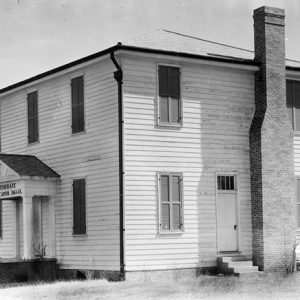 Confederate State Capitol
Confederate State Capitol 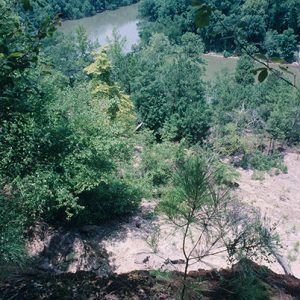 Fort Lookout
Fort Lookout 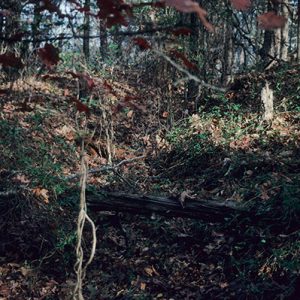 Fort Lookout Entrenchment
Fort Lookout Entrenchment 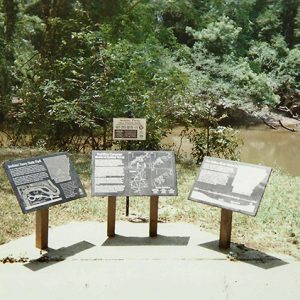 Jenkins' Ferry State Park
Jenkins' Ferry State Park 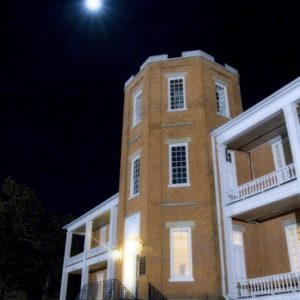 MacArthur Museum of Arkansas Military History
MacArthur Museum of Arkansas Military History 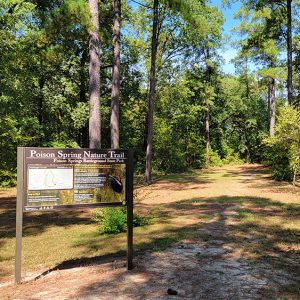 Poison Spring Nature Trail
Poison Spring Nature Trail 



Comments
No comments on this entry yet.